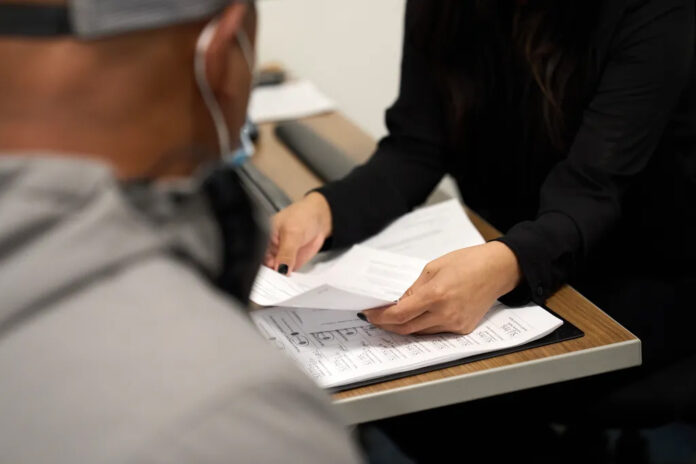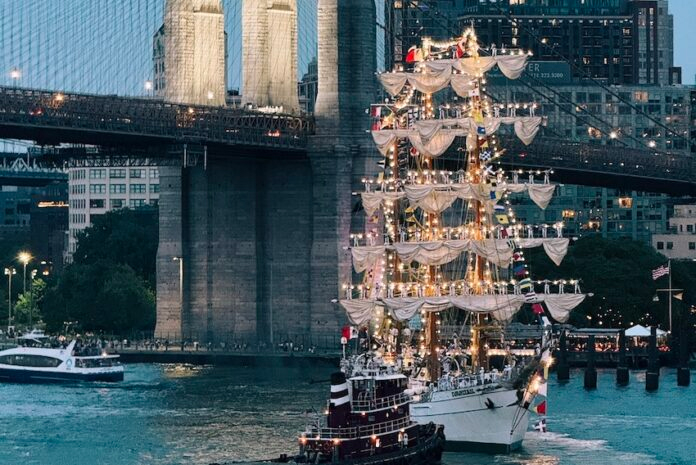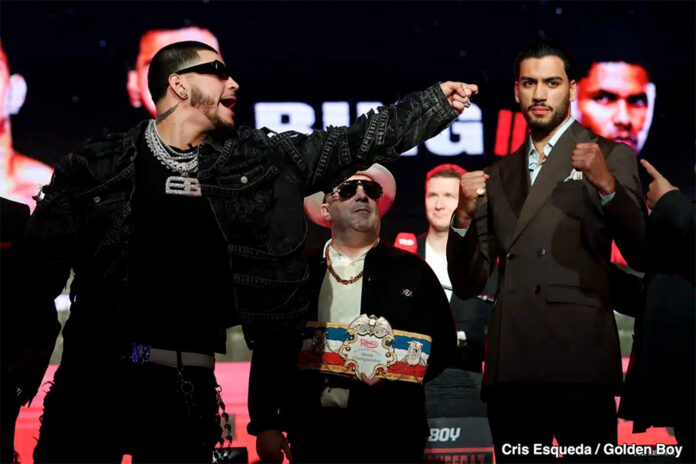Pope Leo XIV’s praise for the beauty and ‘mystery’ of the Eastern liturgy has given hope to Catholics that he might be more favorable to the traditional Mass than his predecessor
by Michael Haynes,
Snr. Vatican Correspondent
VATICAN CITY (LifeSiteNews) — Praise from the pope for the beauty and “mystery” of the Eastern liturgy has given hope to Catholics that Leo XIV might be more favorable to the traditional Mass than his predecessor.
In recent years, the long-standing so-called “liturgy wars” have become even more painful due to the sweeping and punitive restrictions placed on the traditional Mass by Pope Francis in July 2021.
“The liturgical books promulgated by Saint Paul VI and Saint John Paul II, in conformity with the decrees of Vatican Council II, are the unique expression of the lex orandi of the Roman Rite,” wrote Francis.
But in his audience with pilgrims for the Jubilee of Oriental Churches Wednesday morning, Leo XIV has expressed much more of an appreciation for the richness of the Catholic Church’s liturgical tradition. Such was the tone and content of his words that many devotees of the traditional Mass have anticipated Leo would be of a mind to rescind his predecessor’s restrictions on the ancient liturgy.
“The Church needs you,” Leo declared. “The contribution that the Christian East can offer us today is immense. We have great need to recover the sense of mystery that remains alive in your liturgies, liturgies that engage the human person in his or her entirety, that sing of the beauty of salvation and evoke a sense of wonder at how God’s majesty embraces our human frailty.”
“It is significant that several of your liturgies – which you are now solemnly celebrating in Rome in accordance with your various traditions – continue to use the language of the Lord Jesus,” added the new pope.
Leo has already noted that the reason for his name choice comes with a link to Pope Leo XIII, and he drew upon this connection once again in his praise for the Eastern liturgy’s traditions. Quoting from Leo XIII’s Apostolic Letter Orientalium Dignitas, Leo XIV made his predecessor’s words his own:
Pope Leo XIII made a heartfelt appeal that the ‘legitimate variety of Eastern liturgy and discipline … may redound to the great honor and benefit of the Church.’ His desire remains ever timely. In our own day too, many of our Eastern brothers and sisters, including some of you, have been forced to flee their homelands because of war and persecution, instability and poverty, and risk losing not only their native lands, but also, when they reach the West, their religious identity. As a result, with the passing of generations, the priceless heritage of the Eastern Churches is being lost.
The pope cited Leo XIII’s importance that “preserving the Eastern rites is more important than is generally realized,” adding:
We willingly reiterate this appeal to preserve and promote the Christian East, especially in the diaspora. In addition to establishing Eastern circumscriptions wherever possible and opportune, there is a need to promote greater awareness among Latin Christians.
In this regard, I ask the Dicastery for the Eastern Churches – which I thank for its work – to help me to define principles, norms, and guidelines whereby Latin Bishops can concretely support Eastern Catholics in the diaspora in their efforts to preserve their living traditions and thus, by their distinctive witness, to enrich the communities in which they live.
Leo XIV’s text has been swiftly highlighted by many commentators for the warm language he employs with reference to the Eastern liturgy, but also due to the manner in which it evidences his understanding of the liturgy as a whole.
Praising the East for the “immense” contribution it can offer, he commented that “we have great need to recover the sense of mystery that remains alive in your liturgies, liturgies that engage the human person in his or her entirety, that sing of the beauty of salvation and evoke a sense of wonder at how God’s majesty embraces our human frailty!”
The Church in the West, added newly-elected Leo, needed to “rediscover … a sense of the primacy of God, the importance of mystagogy and the values so typical of Eastern spirituality: constant intercession, penance, fasting, and weeping for one’s own sins and for those of all humanity.”
In order for both East and West to do so, Leo encouraged the Eastern rite faithful to “preserve your traditions without attenuating them, for the sake perhaps of practicality or convenience, lest they be corrupted by the mentality of consumerism and utilitarianism.”
“Your traditions of spirituality, ancient yet ever new, are medicinal,” he added. “In them, the drama of human misery is combined with wonder at God’s mercy, so that our sinfulness does not lead to despair, but opens us to accepting the gracious gift of becoming creatures who are healed, divinized and raised to the heights of heaven. For this, we ought to give endless praise and thanks to the Lord.”
The pope’s address conveys a markedly different tone to that often given by Pope Francis in his own addresses to clergy. While famous for promulgating the restrictions on the traditional Mass, Francis also regularly critiqued clergy across the world for the undefined issue of “clericalism,” often taking aim at young, fervent priests drawn to traditional practices.
Condemnations of “rigidity” were similarly regular from Francis.
Praising Leo’s liturgical commentary, theologian and liturgist Dr. Peter Kwasniewski told this correspondent that Leo “shows that he is sensitive to the language of symbolism and beauty, and especially to the normative value of tradition.”
“Any logical person,” said Kwasniewski, “would instantly apply the same standard to the Western tradition by seeking to recover its greatest work of art and theology, the classical Roman Rite.”
A prolific author on ecclesial tradition and liturgy, Kwasniewski warned that Leo would have to deal with the “great challenge” common to many clergy, namely “the force of bad custom to which they are habituated, a false tradition of scarcely more than 50 years’ duration that some have even convinced themselves is the Roman tradition, when it is something like a poor sketch of it.”
Rumors have circulated in recent days suggesting that Cardinal Prevost offered the traditional Mass while working in the Roman Curia in recent years. While this has not been formally confirmed, Kwasniewski expressed the hope that such a report was true:
I very much hope the rumors are true that Leo, earlier in his career, learned how to celebrate the TLM and did in fact offer it, because a man of his prayerfulness and discernment would surely grasp the reasons why so many Catholics love and admire it.
Still in the early stages of his pontificate, Leo has presented somewhat more of a traditional appearance of the papacy than that which has been seen under the previous pontificate. Raised to the cardinalate in 2023, the Augustinian was seen as a left-of-center but moderate papal candidate.
He will take possession of the four papal basilicas around Rome starting this Sunday.













